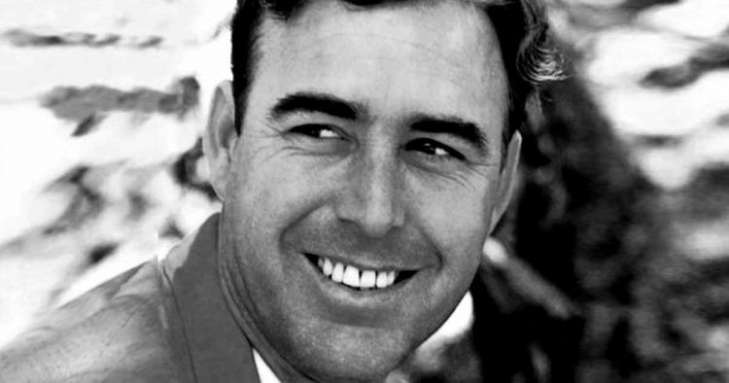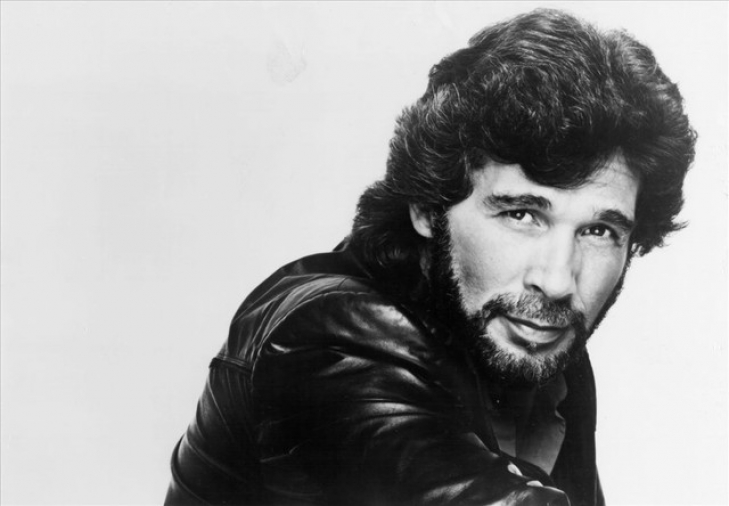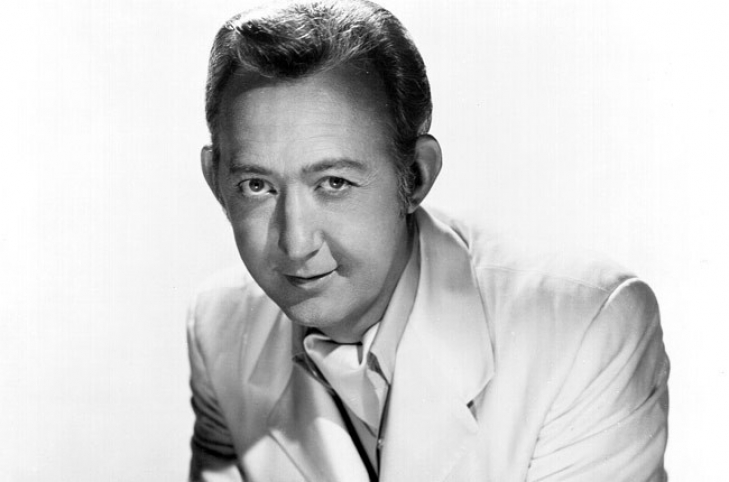
Committee Chairman
12. Cale Makar
With only five years under his belt, Cale Makar is as of this writing the best Defenseman in Hockey, and that should not be in dispute.
The Third Overall Pick in 2017, Makar joined the Avs after taking UMass to the Frozen Four, and the Hobey Baker Award Winner in the 2019 Stanley Cup Playoffs, scoring six Points in 10 Games. Colorado knew they had a star on their hands, and he easily won the Calder, where the blueliner scored 50 Points and he was ninth in Norris voting.
Makar was now established the anchor of the defense, and also one of Colorado’s top scoring threats. In the COVID-impacted 2020-21 campaign, Makar had 44 Points in 44 Games and was the runner-up for the Norris, losing it to Adam Fox of the Rangers, but he would not be denied in his third year.
Makar blew everyone else away in 2021-22 to win his first Norris, scoring 29 Goals and 86 Points and arguably taking over the mantle as the Avalanche’s top player. Colorado won the Stanley Cup in 2022, with Makar winning the Conn Smythe Trophy, joining Bobby Orr as the only players to win the Smythe and Norris in the same year. He followed that with another Second Team All-Star Selection and a third place finish for the Norris.
What did he do next? Makar scored a record 90 Points and added another Second Team All-Star, giving the blueliner a four-year streak of post-season All-Stars and five-year run of top ten Norris finishes, and four-year run where he placed in the top three.
At only 26, Makar could be destined for number one on this list.
2. Johnny Horton
Coming from a family of California fruit-pickers and dropping out of multiple post-secondary schools didn’t exactly say “hit country singer”, but Johnny certainly became that exact thing. Seemingly unsure of what to do, he traveled around: getting a job in a California mail room, then studying geology in Seattle, then searching for gold in Alaska. While in Alaska, he began writing songs. Returning south, he entered one of his songs in a contest in Texas and won first place. This encouraged him to pursue music for his career. After a number of false starts and tough times in his early recording years, he got a one-year contract with Columbia records. Hoping to get some hits, he took his honky-tonk style and added some rockabilly sounds to it (which was the popular trend at the time). His plan worked. He was able to score a number of huge hits throughout the late 1950’s. Included in these hits was “The Battle Of New Orleans”, which earned him his only Grammy award, was named one of the greatest songs of the 20th century and remains one the most popular songs in the history of the Billboard charts. This run of success probably would have continued, but Johnny died in a car crash in 1960. But even with a very short career, Johnny Horton left a lasting legacy on the country music genre, inspiring various artists to come after him. He has also made it into the Rockabilly Hall Of Fame, and the Louisiana Music Hall Of Fame. Will the Country Music Hall Of Fame be next?
13. Eddie Rabbitt
Eddie was deep into music very early. He was proficient on the guitar by 12, and was considered a “walking encyclopedia of country music” as a child. Once he was an adult he moved to Nashville, where he worked as a truck driver, soda jerk, fruit picker, but most importantly: a songwriter. Eddie ended up writing songs for George Morgan, Tom Jones and Elvis Presley, but it was a number one song he wrote for Ronnie Milsap that eventually got him his own recording contract. Starting off in his radio career, he had a distinctly traditional country sound to his songs. Then as he made his way into the 80’s, his songs got increasingly pop-sounding in ways that challenged what was commonly thought of as country music. Although this turned off some traditionalists, the move to pop sounds increased his audience and allowed him a long stretch of huge smash songs. Like a lot of other 1980’s country artists, Eddie got quickly faded from radio in the early 1990’s by a new class of singers coming in. Today, his songs are thought of as fun country-pop fluff, but no one seems to remember just how creative and innovative Eddie Rabbitt was at the time. Even though he passed away too early from lung cancer in 1998, his catalogue of songs should eventually earn him a place in the Hall Of Fame.
21. Jack Greene
Since he was a young teen, Jack was able to slowly move up in the industry, step by step. Starting as a teenage disc jockey, by 18 he was working on the “Tennessee Barn Dance” show. Then he moved to Atlanta to form his own band, which lasted for 8 years. Moving back to Tennessee, he headed to Nashville this time and eventually ended up joining the backing band of country legend Ernest Tubb (1965 Hall Of Fame inductee). After a few years with them, Tubb told him to try for his own solo career. His first hit song (“There Goes My Everything”) became a country music standard, a pop hit, helped Jack get 4 CMA award wins, 4 Grammy nominations, and began a string of hit songs that would make Jack one of the biggest artists in the genre at the time. Jack’s career didn’t end up lasting for decades, but with hit songs, awards, and being an all-around well-liked guy, that sounds like a recipe for making it in the Hall one of these days.





